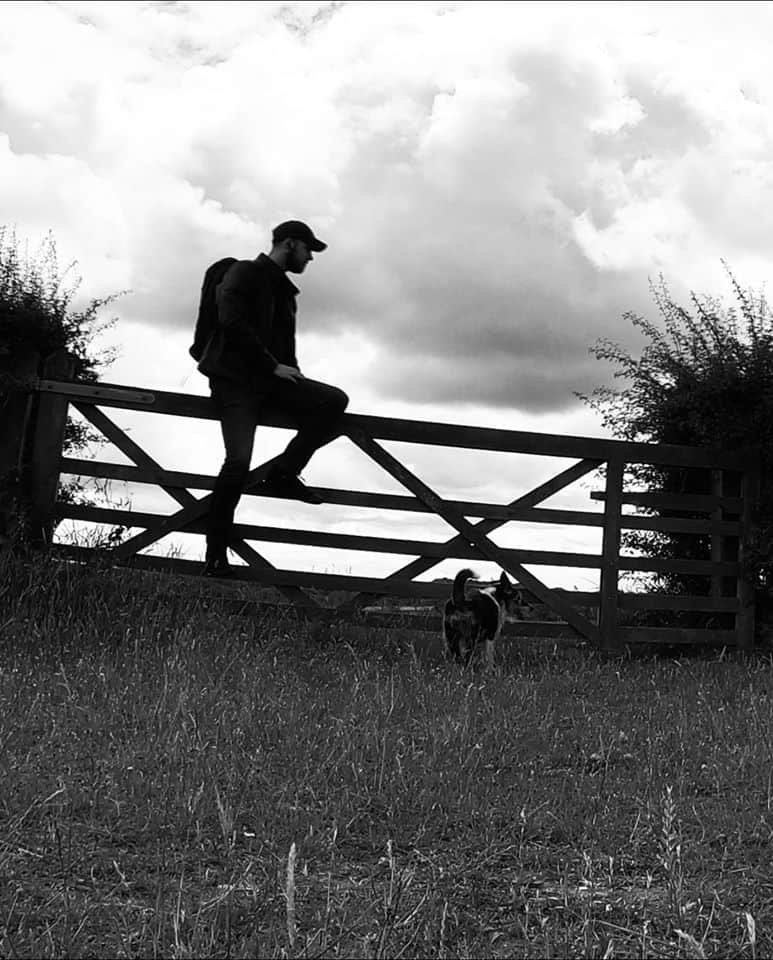PACK LIGHTER FOR TRAVEL WITH BETTER MATERIALS
By far the commonest excuse to not pack lighter for travel goes something along the lines of “but I’m travelling long-term, so I need more stuff!”
I’ve never understood the logic of this, having packed the same clothes for indefinite solo travel as I pack for a weekend away. At my most minimalist, my clothing packing list has consisted of one spare pair of underwear and a spare T-shirt.
I once even went a few weeks without the spare T-shirt! How did I manage this? I washed my T-shirt in the shower, then hung it out. By the time I’d finished washing, it was dry enough to put back on.
This wasn’t some expensive specialised travel shirt, either. It was a sub £10 tee I found in H&M. It was neutrally coloured: casual enough for the city; technical enough for the mountains.
I’ve travelled with a mixture of expensive travel gear and cheap high street clothes. Both can work well, depending on your budget and fashion.
But if you want to pack lighter, it all comes down to materials.
In Thailand with my H&M T-shirt: one of only two I had for a month
Pack Lighter with Specialised Travel Gear
There are a growing number of brands out there dedicated to creating clothes specifically designed for travellers. These clothes don’t get wrinkled or smelly in the way normal clothes do. They pack up small while offering the maximum amount of protection from the sun or the cold, depending on the climate you’re heading to.
The best versions of these clothes also look good. You might think of technical clothes as being brightly coloured and not fashionable. However, you can get trousers, button-up shirts, and hiking boots that all look casual. These normally cost the Earth, but they’re often worth the investment.
Some of the best travel clothing brands include:
These companies combine substance, style, and sustainability. These clothes are travel friendly, look good, and do minimal damage to the Earth.
My trip to Kiruna, Sweden, required buying a ton of travel gear suitable for Arctic conditions: I went for a Columbia beanie, Mountain Warehouse ski jacket, and Nevica ski trousers
In terms of material, these brands mostly go for polyester or merino wool.
The problem with merino wool, however, is that you have to spend a lot to make it worth it. The merino products I’ve owned have tended to wear out pretty quickly. Not to mention they’re itchy as hell, but maybe I just have sensitive skin.
Sometimes, these companies opt for something intriguingly sustainable, like recycled plastic bottles or bamboo. Both of these have the same wicking capabilities as polyester or merino and are apparently comfy. I’m yet to try out these materials, but I’ll write up a travel gear review when I do.
The main benefit of technical travel clothes is just how well made they are. You really do get what you pay for, so – if you have the money – go for a reputable brand with great reviews. And when you pack lighter, you can afford to spend more on each item.
Better Materials on a Budget
Travellers: it isn’t a binary choice between technical travel gear and regular clothes. You might think that the likes of Patagonia and North Face are too expensive for you, but that doesn’t mean just forgetting about materials altogether.
Even if you’re shopping at regular high street stores, you can still be intentional about picking the right materials. In fact, I’ve found cheap clothes that help me pack lighter more effectively than when I’ve splashed out for technical clothing.
The H&M top I mentioned is easily the most travel-friendly high street clothing item I’ve found. I’ve owned several of them over the years. The key is that they’re 65% polyester and 35% cotton. The more polyester and less cotton you can find, the better.
Polyester helps you pack lighter because:
It’s odour resistant: This material wicks away sweat, rather than clinging onto it and allowing bacteria to form.
It’s quick-dry: The difference in drying time between my pure cotton shirts and my polycotton shirts is staggering. Just wash it, wring it out, and hang it up. You’ll be amazed how quickly you can put it back on.
It’s lightweight: Polyester is incredibly thin. You can see light through my polycotton shirts. This means you can pack more without it taking up space in your backpack or adding much weight.
It’s tough: Unless you want to be constantly re-buying clothes, then you need to look for something that lasts. If you pack lighter, then you’ll wear clothes more often and they’ll wear out more quickly. Polyester seems to last a long time, especially when compared to merino wool which acquires holes quickly.
It’s packable: Unlike pure cotton shirts, clothes with a high polyester percentage don’t get wrinkled. You can use the army rolling technique and they’ll hold their shape, so you can stay organised. When you unpack, the shirt is wrinkle-free and good to wear.
I’ve found that including a bit of cotton gives for a softer, more casual look. Two-thirds poly to one-third cotton seems to be the perfect combination. It looks like cotton, but has the close fit and drying properties of polyester.
So when you’re out shopping, check the label for materials.
Clothes with a higher percentage of polyester will be even more resistant to odour, but they’ll look more like sportswear: out of place in casual urban settings. I still bring one Under Armour shirt for when I’m exercising or out in the wild.
I bought these clothes specifically for Ghana: Omni-Wick Columbia T-Shirt and lightweight, quick-dry trousers from The North Face
When it comes to packing lighter, materials are everything. It doesn’t matter whether you invest in the highest quality outdoor clothing or stick to budget high street retailers. As long as you pay attention to materials, you can build a packing list of clothes that make you feel cool and comfortable, even after years of hard travel.



